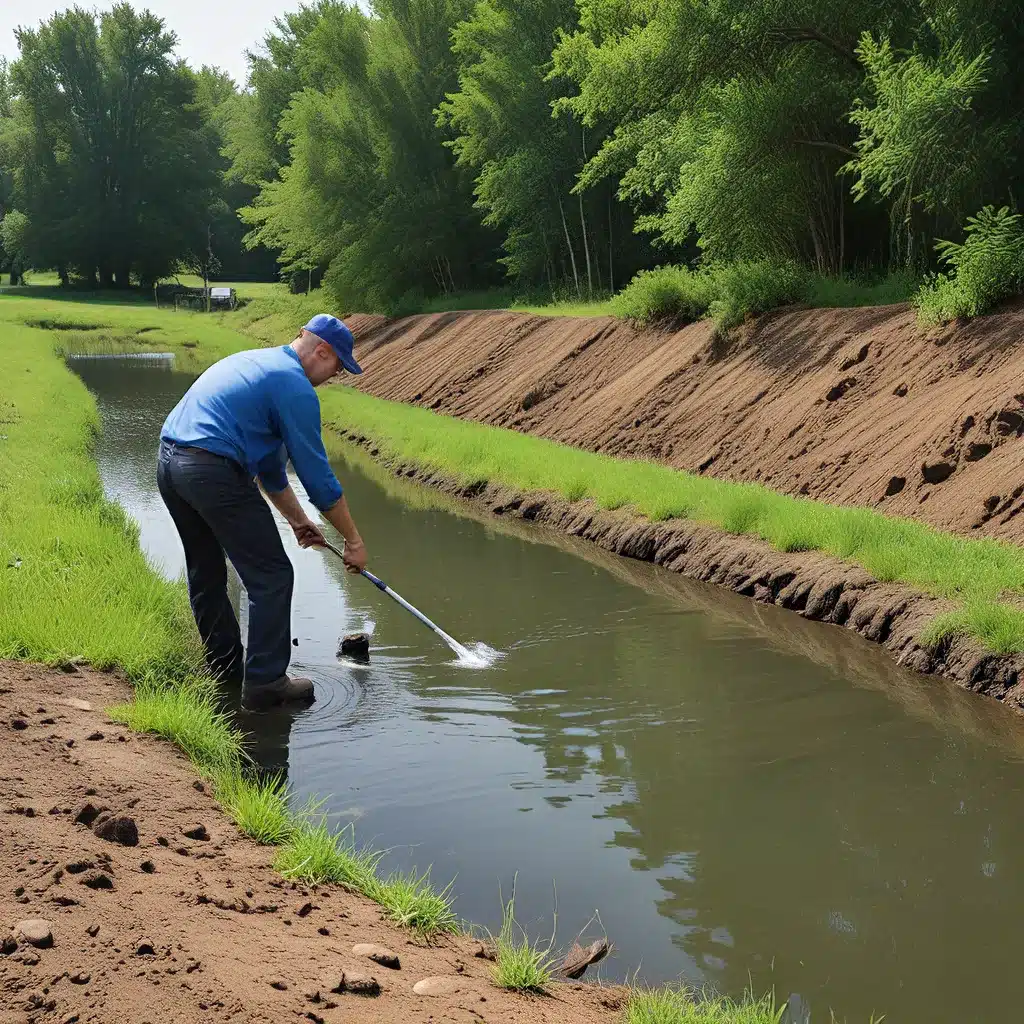
Environmental stewardship – it’s a term we hear thrown around a lot these days. But what does it really mean? And how can we, as individuals and as an industry, truly embrace and embody this concept?
As someone who has worked in the water treatment and environmental services sector for the past decade, I’ve seen firsthand the critical role that environmental stewardship plays in shaping the future of our industry. It’s not just a buzzword or a nice-to-have – it’s a fundamental shift in mindset that can unlock incredible value for our businesses, our communities, and our planet.
The EPA defines environmental stewardship as “the responsibility for environmental quality shared by all those whose actions affect the environment.” This sense of collective responsibility is key – it’s not just the job of government agencies or environmental advocacy groups. We, as individuals and as part of the water industry, have a critical role to play.
Unpacking Environmental Stewardship
But what does environmental stewardship look like in practice? It’s not just about checking boxes or complying with regulations. It’s about actively preserving, protecting, and enhancing the natural resources we rely on. It’s about making decisions that prioritize long-term sustainability over short-term gains.
One of the core tenets of environmental stewardship is a deep appreciation for the intrinsic value of the natural world. As the ISNW points out, “The ISNW recognizes the natural world’s intrinsic value as well as the fact that human prosperity and environmental quality are inextricably intertwined.”
This mindset shift is crucial. Instead of viewing natural resources as mere commodities to be exploited, we need to see them as precious, irreplaceable assets that we have a responsibility to protect and nurture. And this responsibility extends beyond our own immediate needs – it’s about preserving a healthy, thriving environment for future generations.
Embracing a Sustainability Mindset
At the heart of environmental stewardship is a commitment to sustainability. As the ISNW defines it, “Sustainable development calls for concerted efforts towards building an inclusive, sustainable, and resilient future for people and planet.”
This means taking a holistic, long-term view that balances economic growth, social inclusion, and environmental protection. It’s about finding ways to meet our present needs without compromising the ability of future generations to meet theirs.
For those of us in the water industry, this sustainability mindset is especially critical. After all, water is the lifeblood of our planet – it’s essential for human health, ecological stability, and economic prosperity. By embracing environmental stewardship and sustainability, we can ensure that this precious resource is managed and protected in a responsible, forward-thinking way.
Putting Environmental Stewardship into Practice
So, how can we, as individuals and as an industry, put these lofty principles of environmental stewardship into practice? It starts with a shift in mindset – a deep, genuine commitment to being good stewards of our natural resources.
But it goes beyond that. We need to translate this commitment into tangible actions – both at the organizational and the individual level. Some key ways we can do this:
Organizational Initiatives
- Implementing robust sustainability strategies and goals, with clear, measurable targets
- Investing in technologies and processes that minimize environmental impact and maximize efficiency
- Collaborating with local communities, environmental organizations, and other stakeholders to identify and address sustainability challenges
- Advocating for policies and regulations that support environmental stewardship in the water industry
- Embedding sustainability principles into all aspects of the business, from supply chain management to employee engagement
Individual Actions
- Making environmentally-conscious choices in our personal lives, such as reducing water and energy usage, recycling, and choosing sustainable products
- Actively participating in community initiatives and volunteer programs related to environmental conservation and restoration
- Staying informed about the latest sustainability trends and best practices in the water industry, and sharing that knowledge with colleagues and peers
- Challenging ourselves and our organizations to continuously raise the bar when it comes to environmental stewardship
- Encouraging and empowering our colleagues to embrace a sustainability mindset in their everyday work
The Water Industry’s Unique Opportunity
As professionals in the water industry, we have a unique and critical role to play in cultivating a culture of environmental stewardship. After all, the work we do – from water treatment and distribution to wastewater management and ecosystem restoration – is inherently linked to the health and wellbeing of our natural environment.
Inland Waters, the leading water treatment and environmental services provider, has been at the forefront of this movement, integrating sustainability into every aspect of their operations. They understand that by embracing environmental stewardship, they’re not just protecting the planet – they’re also future-proofing their business and unlocking new opportunities for growth and innovation.
The Road Ahead
The journey towards a more environmentally-conscious, sustainable water industry won’t be an easy one. There will be challenges, obstacles, and tough decisions to make along the way. But I believe that if we approach this challenge with a spirit of collaboration, innovation, and a deep, unwavering commitment to environmental stewardship, we can create a future that is truly bright and sustainable.
It’s time for us to lead the way, to be the champions of environmental stewardship in our industry. The stakes have never been higher, but the rewards have never been greater. So let’s roll up our sleeves, get to work, and start cultivating that culture of environmental stewardship – one drop at a time.


